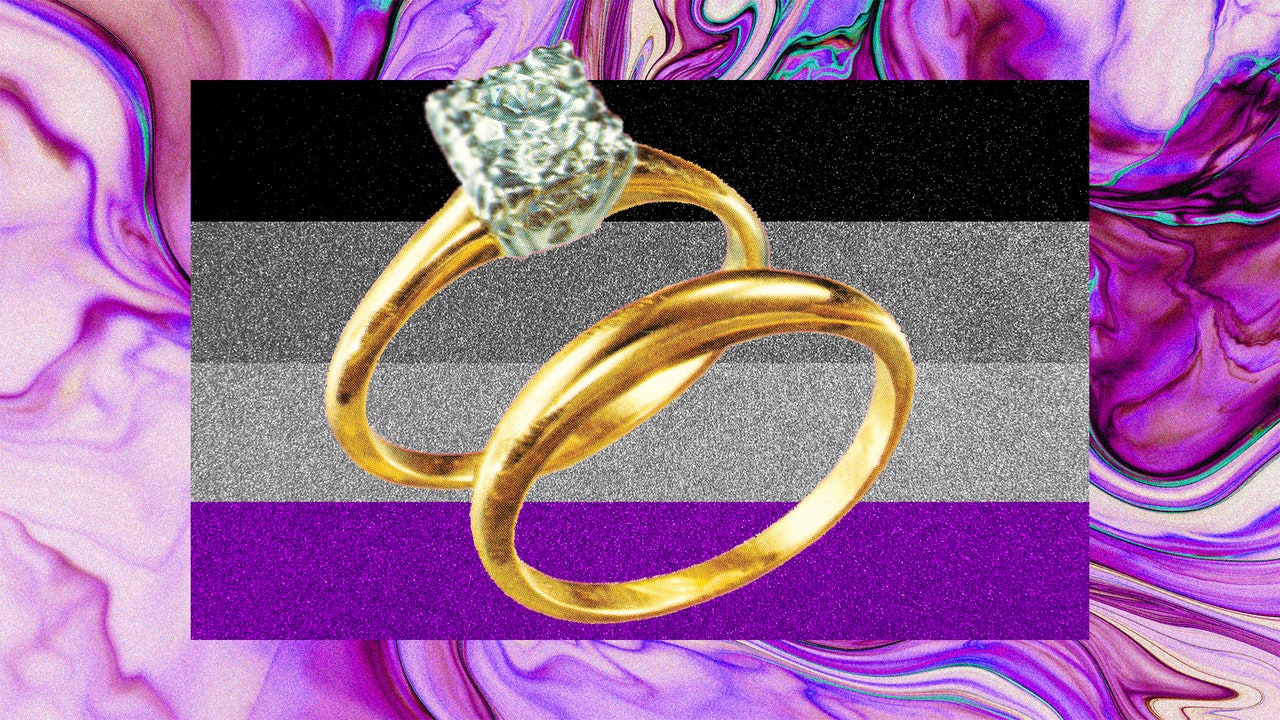Five Essential Facts about Pansexuality You Should Know by Lisa
Many celebrities, including Janelle Monáe, Bella Thorne, Miley Cyrus, Asia Kate Dillon, Brendon Urie, Tess Holliday, and Jazz Jennings, have publicly identified as pansexual. But what does pansexuality mean, and how does it differ from bisexuality or other LGBTQ+ identities?
Pansexuality is an identity that is gaining recognition within the queer community. It signifies an individual’s attraction to people of all genders and sexual orientations. According to the Merriam-Webster dictionary, pansexuality is a “sexual desire or attraction that is not limited to people of a particular gender identity or sexual orientation.” This means that a pansexual person can be attracted to cisgender, transgender, nonbinary, gender-nonconforming individuals, and anyone who identifies outside the traditional gender binary.
Due to its unfamiliarity, there are several misconceptions and myths about pansexuality. This article aims to clarify what it means to be pansexual and perhaps help you identify if you are pansexual. Here are some key points to understand about pansexuality:
The terms “pansexuality” and “bisexuality” are often used interchangeably, and some individuals identify as both.
The prefix pan- signifies “all,” hence pansexuality refers to an attraction to all genders or an attraction that is not influenced by gender. While bisexuality is commonly understood as an attraction to two genders (men and women), it is not strictly binary. Bisexual individuals can be attracted to people of their own gender and different genders. The term bi+ is emerging to explicitly state that bisexuality is not confined to binary definitions of gender and sexuality. Depending on the context, many people identify as both pansexual and bisexual, and some also use the term ”queer.”
Pansexual individuals can be attracted to any gender, but it doesn’t mean they are attracted to everyone.
It is a misconception that pansexuals are attracted to everyone they meet. Just because someone can potentially be attracted to any gender doesn’t mean they are more or less likely to be attracted to a specific person. This is similar to the misconception that heterosexual women are attracted to all men, which is clearly not the case.
The term pansexual is not new.
The Oxford English Dictionary states that the term pansexual has been in use since the early 1900s as a psychological term referring to sex as a primary motivator for humans. Its current definition has been in use since at least the late 1960s. The concept of sexual attraction not being limited to binary gender constructs is not new; it’s just that more people now acknowledge and accept it.
Pansexuality is different from polyamory.
While many pansexual individuals also identify as polyamorous, the two are not the same. Pansexuality refers to the genders one is attracted to, while polyamory refers to the ability and willingness to form romantic and/or sexual relationships with more than one person. Not all pansexuals are polyamorous, and not all polyamorous individuals are pansexual.
Pansexuality is not uncommon.
Contrary to popular belief, bisexuality is becoming increasingly prevalent in America, both in terms of self-identification and the number of people who have had sexual relations with more than one gender. As understanding and acceptance of nonbinary identities grow, it is likely that pansexuality will also become a more commonly recognized orientation.
Originally published by them.
Further reading:
Are you anxiousexual?
Why are we so concerned about our genitalia’s appearance?
How to respond if your friend identifies as nonbinary

